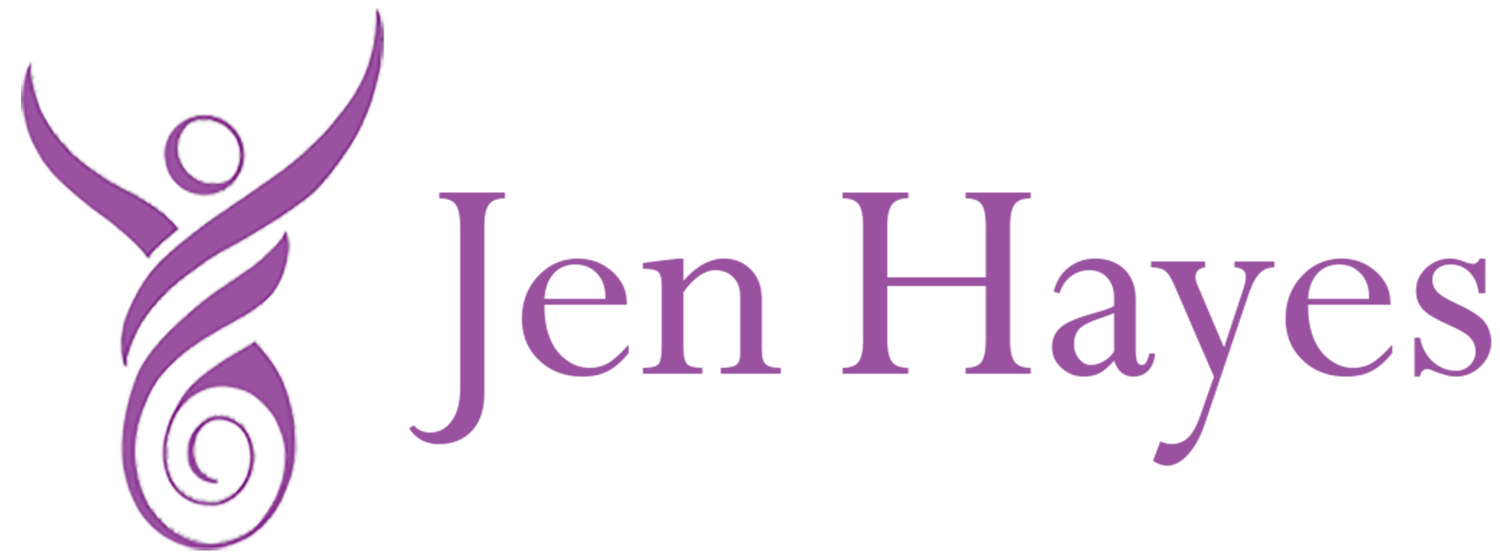What is the difference between Rolfing®Structural Integration and Massage therapy?
Rolfing® Structural Integration (RSI) and massage therapy share some similarities but are fundamentally different approaches to bodywork.
Massage therapy is a form of bodywork that focuses on the soft tissues of the body, such as muscles, tendons, and ligaments, and involves kneading, rubbing, and pressing these tissues to promote relaxation, reduce tension, and alleviate pain.
On the other hand, Rolfing® Structural Integration is a form of bodywork that focuses on the body's connective tissue system, which includes the fascia, ligaments, and tendons. Rolfing® aims to realign the body's structure and balance by manipulating and releasing tension in the connective tissues. Rolfing practitioners use a variety of techniques, including deep tissue manipulation, movement education, and awareness exercises.
In working toward realigning the body, Rolfing is a systematic approach. It requires a series of sessions which incrementally open and balance the fascia. This ultimately realigns the body relieving pain, increasing range of movement and enhancing athletic performance.
Rolfers are interested in getting to the root of a pain or poor posture habit, they look at the whole body and how each segment relates to the ones above, below and around it. Consequently if you tell a Rolfer that your shoulder is sore, they may see the pattern in your fascial web as a restriction stemming from your hip or even your calf and work on that area of the body to address the tension further above. Typically if you tell a massage therapist that your shoulder is sore, they will work on the origin and insertion and belly of the muscles around the shoulder.
The Rolfer is not just interested in relieving symptoms, they would like to address why the symptom is there in the first place and resolve that for a lasting improvement.
While massage therapy is generally considered a relaxation technique, Rolfing®Structural Integration is often used to address chronic pain, improve posture, and enhance athletic performance. Rolfing® can be more intense and may involve some discomfort, as the goal is to realign the body and release long-held patterns of tension and pain. At some point in a Rolfing session the Rolfer will also engage the client to move a part of their body so that they can gain better access to a different part of the fascia. The Rolfer will also advise the client on movement techniques to create better movement habits in their daily life. This helps to create long lasting changes.
Overall, massage therapy and Rolfing® Structural Integration are two different approaches to bodywork that may be used for different purposes, depending on the individual's needs and goals.
Click Here for the YouTube Video discussing the difference between Rolfing and Massage.

